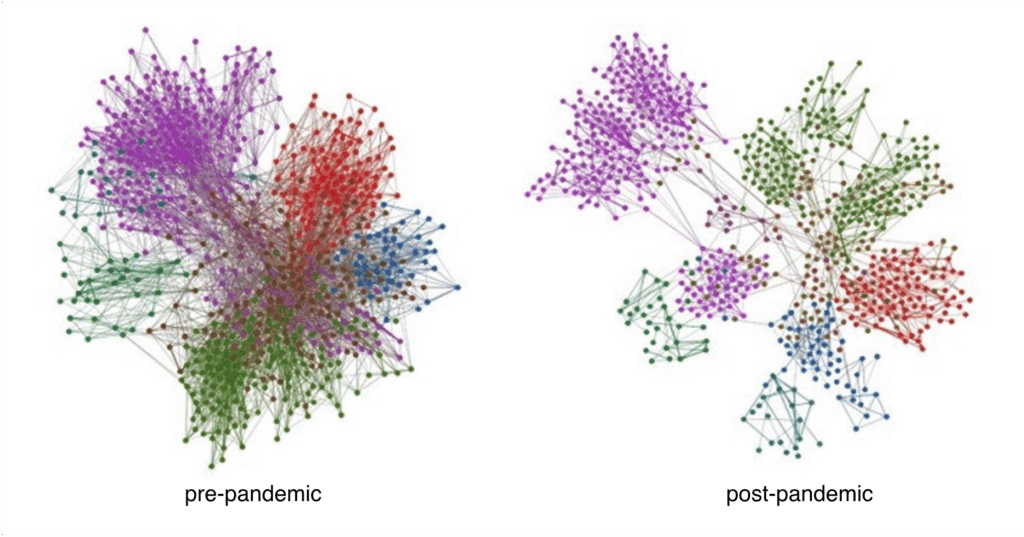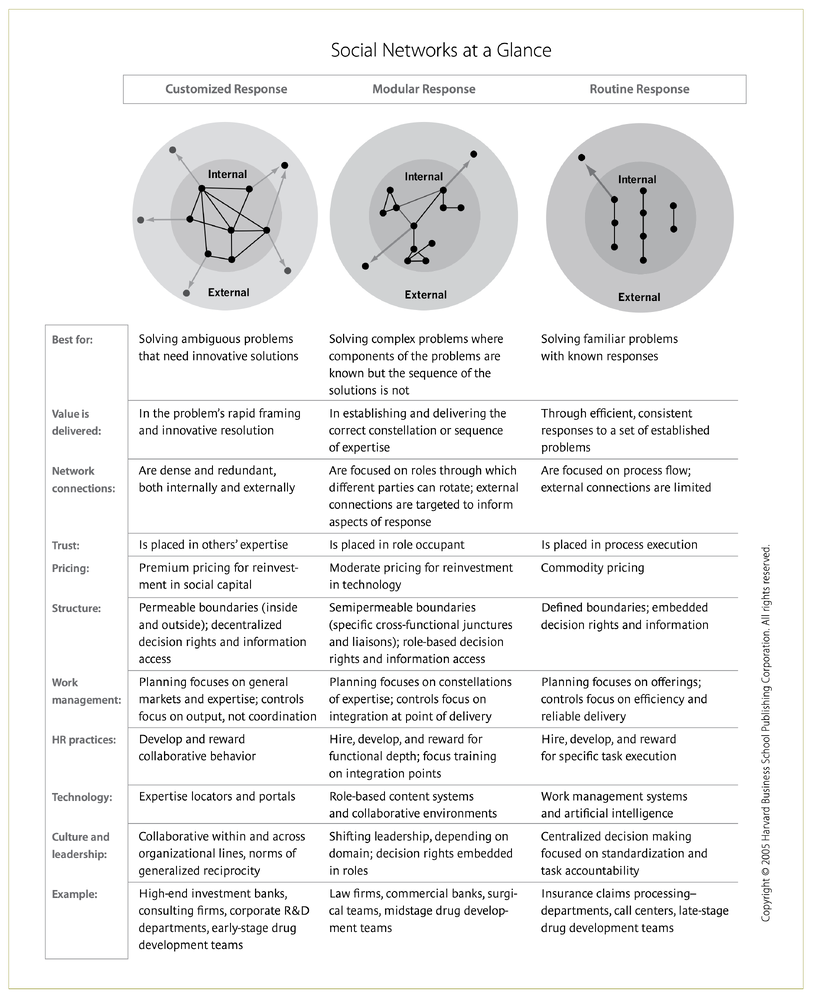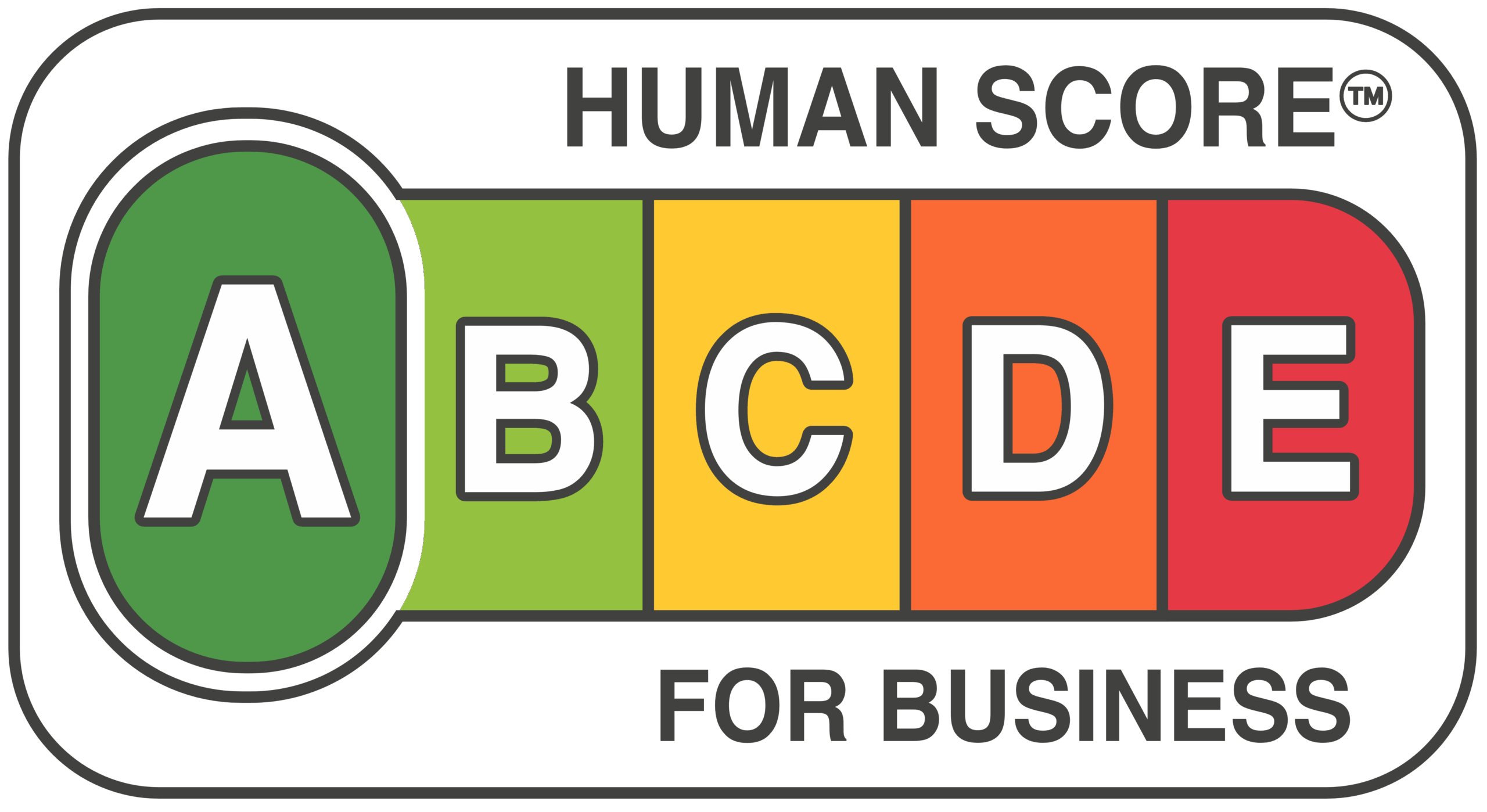We have 21st-century technology, speed and norms colliding with 20th and 19th-century institutions, rules and cultures. – Amory B. Lovins
Let’s talk about a workplace relic that still has an inexplicably firm grip on modern business: hierarchy. It’s 2025 and we’re still trying to do 21st-century work with 20th-century org charts. Now don’t get me wrong – hierarchies aren’t evil. They just suck at dealing with the complexity and pace of today’s world, because hierarchies only really work well in stable environments. They were built for a time when predictable environments and clear chains of command were standard. But the world has changed and the future of work demands something more fluid, responsive, and human-centric.
Why hierarchies are increasingly out of step with our current reality
In theory, hierarchies are about structure. In practice, they’re about control. Top-down decision-making concentrates power, chokes collaboration, and sidelines autonomy. That might work when your biggest challenge is whether to order more paper for the fax machine, but today’s challenges – climate crises, hybrid workforces, social unrest, rapid innovation – demand distributed problem-solving and dynamic cross-functional collaboration.
So while hierarchies aren’t evil per se, their outdated nature provides a dangerous false sense of security. They crumble under the pressure of today’s hyper-connected business environment that appears to be in a constant state of flux. When these structures inevitably fail, blame typically falls on workers who are, ironically, the victims of a system defined by communication bottlenecks, stifled innovation, and isolated teams trapped in their own echo chambers.
Take hybrid work as a prime example of a new way of working that is inhibited by conventional ways of structuring an organisation. Michael Arena examined the work dynamics of a large engineering firm (approximately 700 workers) that adopted virtual work arrangements at the start of the COVID-19 pandemic. During the early stages of the pandemic, the organisation seemed to be functioning well in the new, virtual working environment. However, as shown in Figure 1, with no other changes in how the organisation is structured, over time, prolonged virtual working resulted in the deterioration in social capital among individuals and teams – calling this phenomenon of social capital erosion ‘the neighbourhood effect’.
Figure 1: The neighbourhood effect


The verdict? Hierarchies are incompatible with the future of work. Periodt!
Embracing organisational networks as a human-centric alternative
As it turns out, we humans aren’t wired for hierarchies anyway. We’re wired for connection. Structuring an organisation as a network, therefore taps into humans’ natural tendency for collaborative behaviour. Instead of rule enforcement, they prioritise fluid relationships, collaboration, and adaptability – this doesn’t imply the complete absence of rule, but rather decentering it. This isn’t some idealised pie-in-the-sky idea either. You don’t have to try an imagine teams that self-organise around projects, ideas flowing freely across departments, or innovation sprouting from unexpected corners – just look at what these companies have done:
https://threadreaderapp.com/thread/1876645061561389524.html
https://www.linkedin.com/embeds/publishingEmbed.html?articleId=7275950461341595949&li_theme=light
https://www.linkedin.com/embeds/publishingEmbed.html?articleId=8852900606436700305&li_theme=light
https://www.linkedin.com/embeds/publishingEmbed.html?articleId=9122881969197950978&li_theme=light
https://www.linkedin.com/embeds/publishingEmbed.html?articleId=7383330356955958659&li_theme=light
Some key benefits to adopting a more human-centric approach to organisation include:
- Agility: Networks pivot faster in crises.
- Creativity: Cross-functional ties spark innovation.
- Resilience: Distributed decision-making reduces dependency on a single leader.
Building your own organisational networks
Transitioning from hierarchies to networks isn’t about tossing org charts out the window. It requires intentional design and strategic investment. Here, it is important to identify the right network type(s), foster productive connections, and trim redundant links – because over-connecting people can be just as damaging as under-connecting them. Think of it as gardening, where you are cultivating relationships to bear the fruits of organisational success.
Another way of thinking about it is as a constellation – a mesh of interconnected relationships forming a whole. But not a rigid, static whole. Rather, a dynamic and fluid whole that is able to change and adapt in response to both internal and external influences. Instead of drawing lines on a hierarchy that represents who has power over who, start thinking about who talks to whom, how often, and more importantly, what those interactions facilitate in the larger organisation. As shown in Table 1, there are various factors one needs to consider to ensure you build and maintain organisational networks that are fit for purpose.
Table 1: Building organisational networks that are fit for purpose


To summarise, the network-building framework proposed by Cross et al. (2005) suggests focusing on:
- Identifying the right network type: Understanding the specific value needed for your organisation’s goals and the nature of the work.
- Creating support frameworks: Putting systems in place to facilitate and improve collaboration within the chosen network.
- Promoting appropriate connectivity: Aligning work management, technology, and resources to encourage productive collaboration.
- Decreasing unnecessary connectivity: Reducing unproductive relational demands (ie “this meeting could have been an email”…or even better, “this email could have been a standard policy”).
The shift from hierarchies to networks is more than a structural pivot – it marks a fundamental reimagining of how we understand work itself. In a world defined by constant flux and complexity, what matters most is our capacity to foster meaningful connection and enable autonomous teams to thrive. By embracing network-based structures, organisations can align with humans’ innate drive to collaborate – laying the groundwork for more resilient, responsive, and truly future-fit enterprises.
TL;DR: Why networks beat hierarchies (almost) every time
- Hierarchies = rigid, slow, disempowering
- Networks = human, agile, empowering
- This network ≠ that network…building organisation networks takes time and effort

